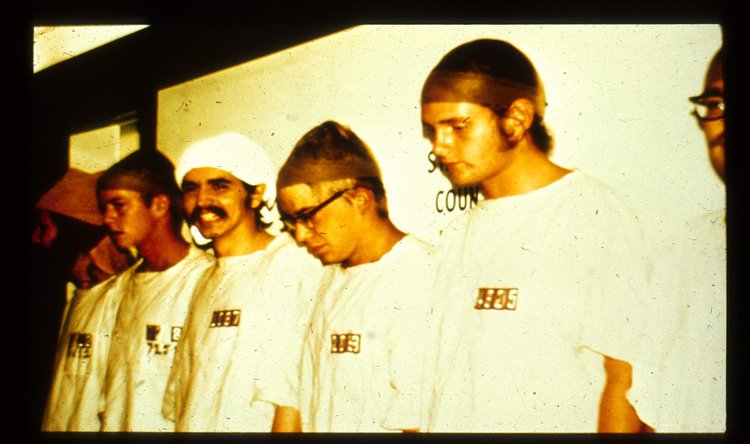Digital Anthropology's Web 2.0
/As graphic facilitators, the tools that allow us to synthesize ideas into images--whether static or dynamic--are expanding exponentially.
In this video thought piece hosted on YouTube, Kansas State Anthropology professor Michael Welsch uses the simple, cheap digital tools at hand to weave an engaging narrative of the birth of Web 2.0.[ via Jarrell McAlister ]
Welsch expresses the miracle of that birth, writing: "We're teaching the machine, and the machine is us. Time to rethink the world. The network is the machine; the machine is us."Digital Ethnography is a working group of Kansas State University students and facultydedicated to exploring and extending the possibilities of digital
ethnography.
at Kansas State University to examine the impacts of digital technology
on human interaction.








